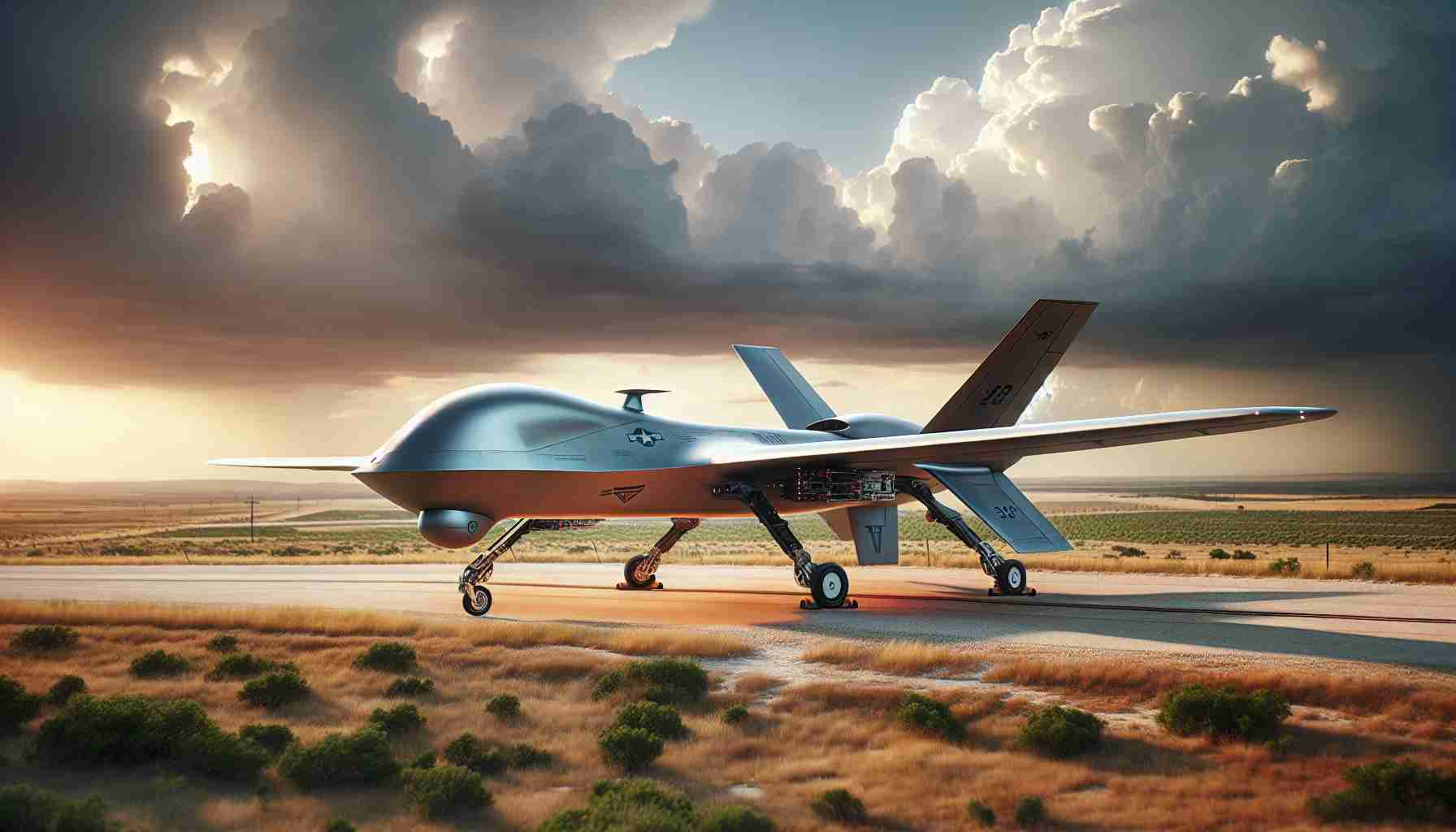Could the skies over Texas be changing? Elon Musk’s latest vision suggests yes, but the Lone Star state might not be backing down.
Billionaire innovator Elon Musk is suggesting the future of aerial combat lies not with manned fighter jets, like the F-35 Lightning II, but with drones. This perspective has stirred significant discontent among supporters of the F-35, an advanced jet meticulously assembled in Fort Worth by Lockheed Martin since 2016. Musk’s thoughts were shared as he and Vivek Ramaswamy, nominees poised to lead Donald Trump’s Department of Government Efficiency, met legislators in Washington, D.C.
Fort Worth officials are acutely aware of these discussions and are keeping a close eye on developments. Local pride runs deep, as demonstrated by Texas Governor Greg Abbott’s recent celebration of the F-35’s arrival for a key Air Force unit. He emphasized Texas’s ongoing contribution to national defense.
Lockheed Martin remains optimistic about collaboration with the incoming Trump administration. They assert the F-35’s critical role in global defense strategies, hailing its advanced capabilities.
Yet, debates are likely as the government evaluates military spending. Company executives acknowledge the potential for shifting priorities, stressing Lockheed Martin’s adaptability to varying political landscapes.
Supporters like Texas Senators John Cornyn and Ted Cruz have vocalized their endorsement of the F-35 program, highlighting its strategic importance and economic impact. Incoming Texas Representative Craig Goldman has also stressed the need for continued investment in the F-35, citing global instability as a driving factor.
The future of the F-35 might hang in the balance, but Texas’s commitment to defense excellence remains unwavering.
The Future of Air Combat: Drones vs. Manned Fighter Jets
The ongoing debate over the future of aerial combat has intensified, with Elon Musk proposing a shift away from traditional manned fighter jets toward advanced drone technology. This suggestion challenges the established role of the F-35 Lightning II, a cutting-edge jet produced by Lockheed Martin in Fort Worth, Texas.
As aerial warfare technology evolves, the move toward drones raises questions about technological innovation, defense strategies, and industry sustainability. Musk’s vision aligns with a broader trend in military technology, where unmanned systems are gaining traction due to their potential for reduced risk to human pilots and increased operational capabilities.
Pros and Cons: Drones vs. Manned Fighter Jets
Pros of Drones:
– Reduced Risk: No human pilots means reduced risk to life.
– Cost-Effective: Generally, drones have lower operational costs over time.
– Enhanced Endurance: Drones can operate for longer periods without fatigue.
Cons of Drones:
– Technical Reliability: Concerns about hacking and technological failures.
– Limited Flexibility: Less capable of adapting to unpredictable situations.
– Ethical Concerns: Autonomous decision-making raises ethical considerations.
Pros of Manned Fighter Jets:
– Pilot Judgment: Skilled pilots can assess and react to dynamic scenarios.
– Proven Systems: Extensive historical data validates performance and reliability.
– Political Support: Strong backing from various stakeholders.
Cons of Manned Fighter Jets:
– Higher Cost: Significant expenses related to training and operational deployment.
– Risk to Life: Puts pilots in potentially dangerous situations.
Lockheed Martin’s Response and Strategic Importance
Lockheed Martin emphasizes the F-35’s importance in global defense strategies, pointing out its sophisticated design and combat capabilities. The company is navigating the political landscape in anticipation of the incoming Trump administration, demonstrating adaptability to shifts in military priorities.
Economic Impact and Industry Support
The F-35 program is not only critical for defense but also for the economy, especially in Texas. The support from Texas leaders, including Senators John Cornyn and Ted Cruz, underscores the program’s significance in job creation and economic development.
Future Predictions and Trends in Air Combat
As the military evaluates future investments, the balance between manned and unmanned systems will likely dominate the conversation. The rise of artificial intelligence and machine learning will further influence this shift, potentially redefining aerial combat strategies.
Overall, the discourse around drones and the F-35 signals a pivotal moment in defense strategy, with implications for technology, ethics, and economics. The skies over Texas—and combat zones around the world—may indeed be on the cusp of change.
For more insights on defense technology, visit Lockheed Martin.







